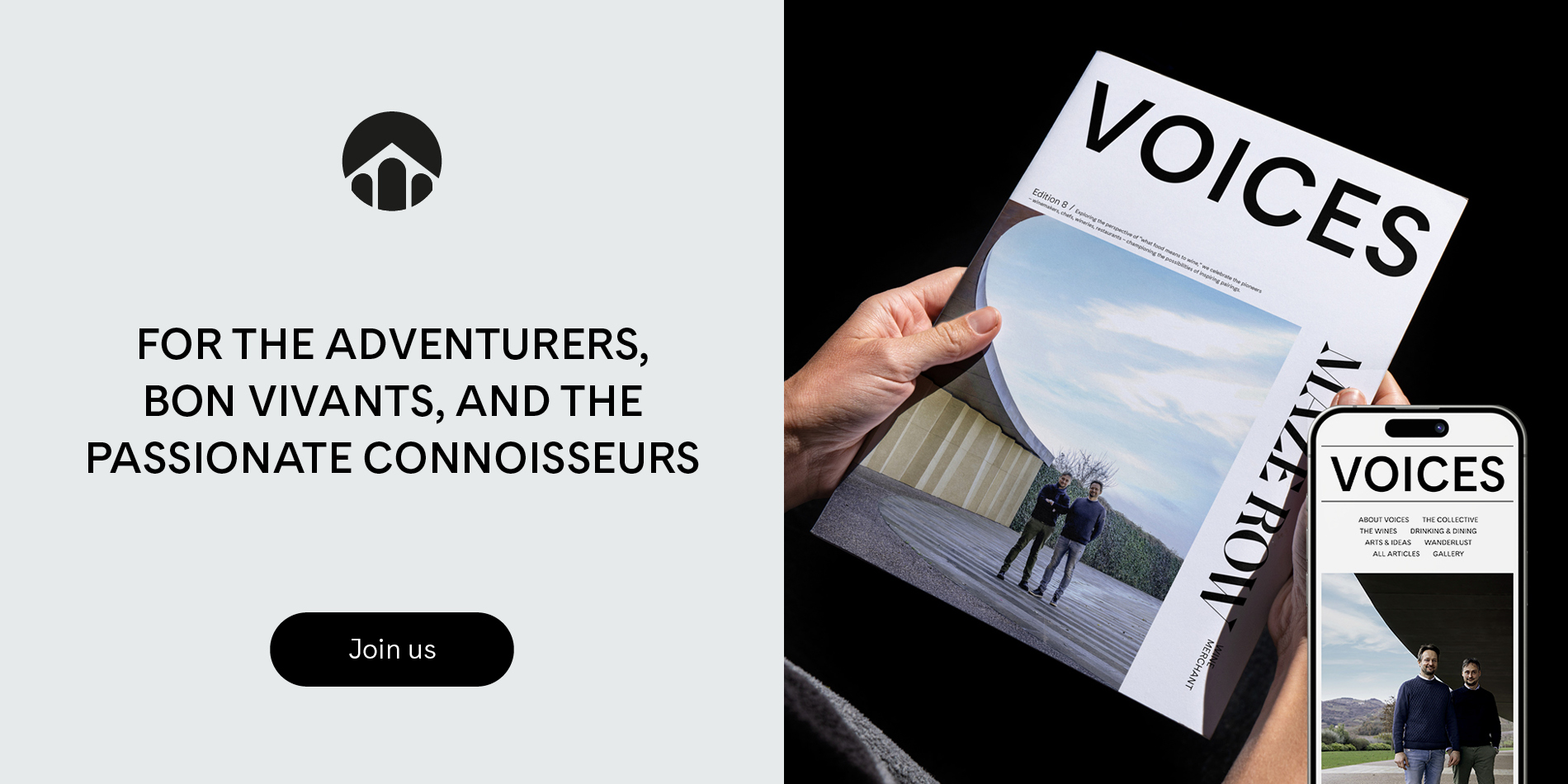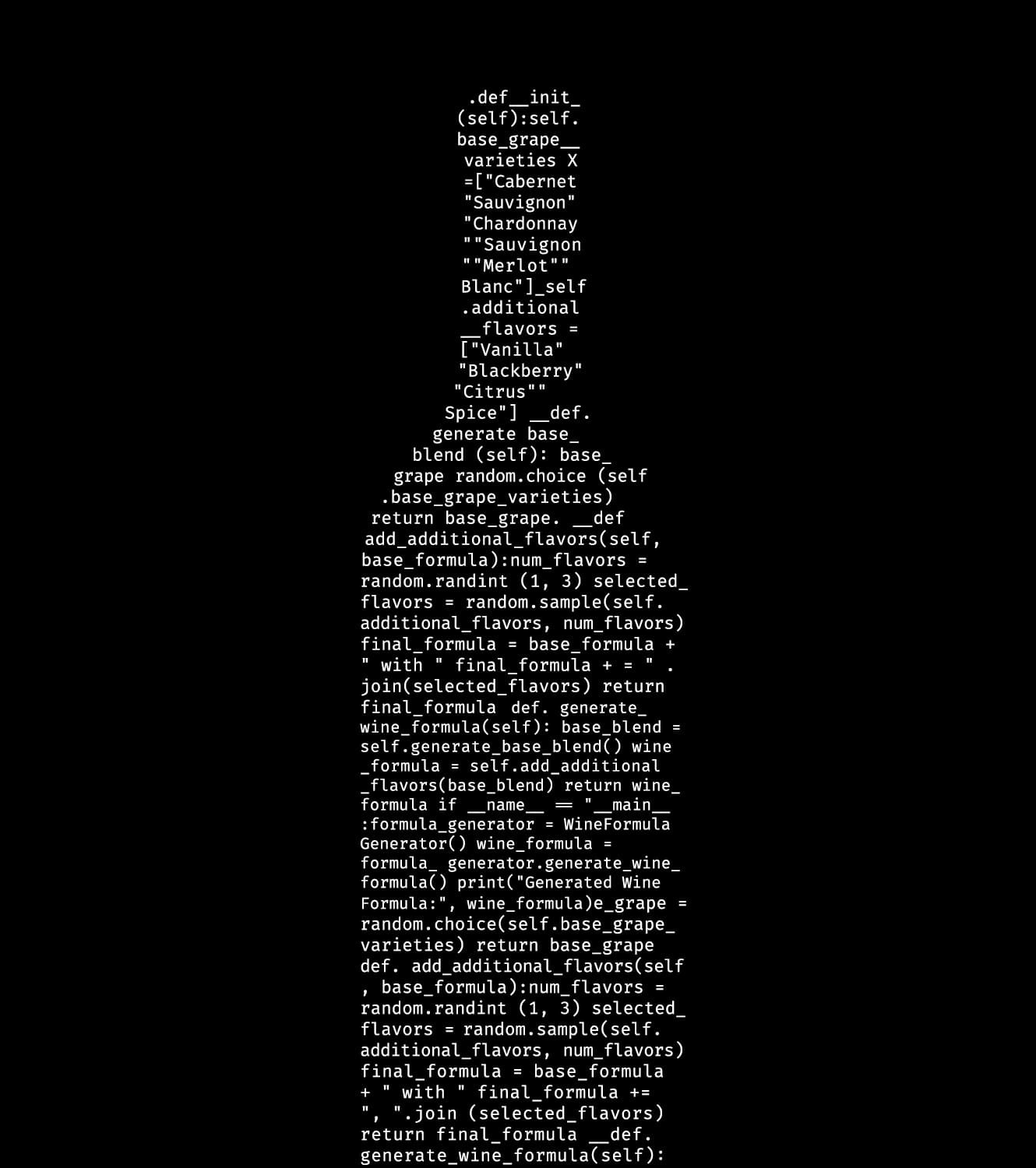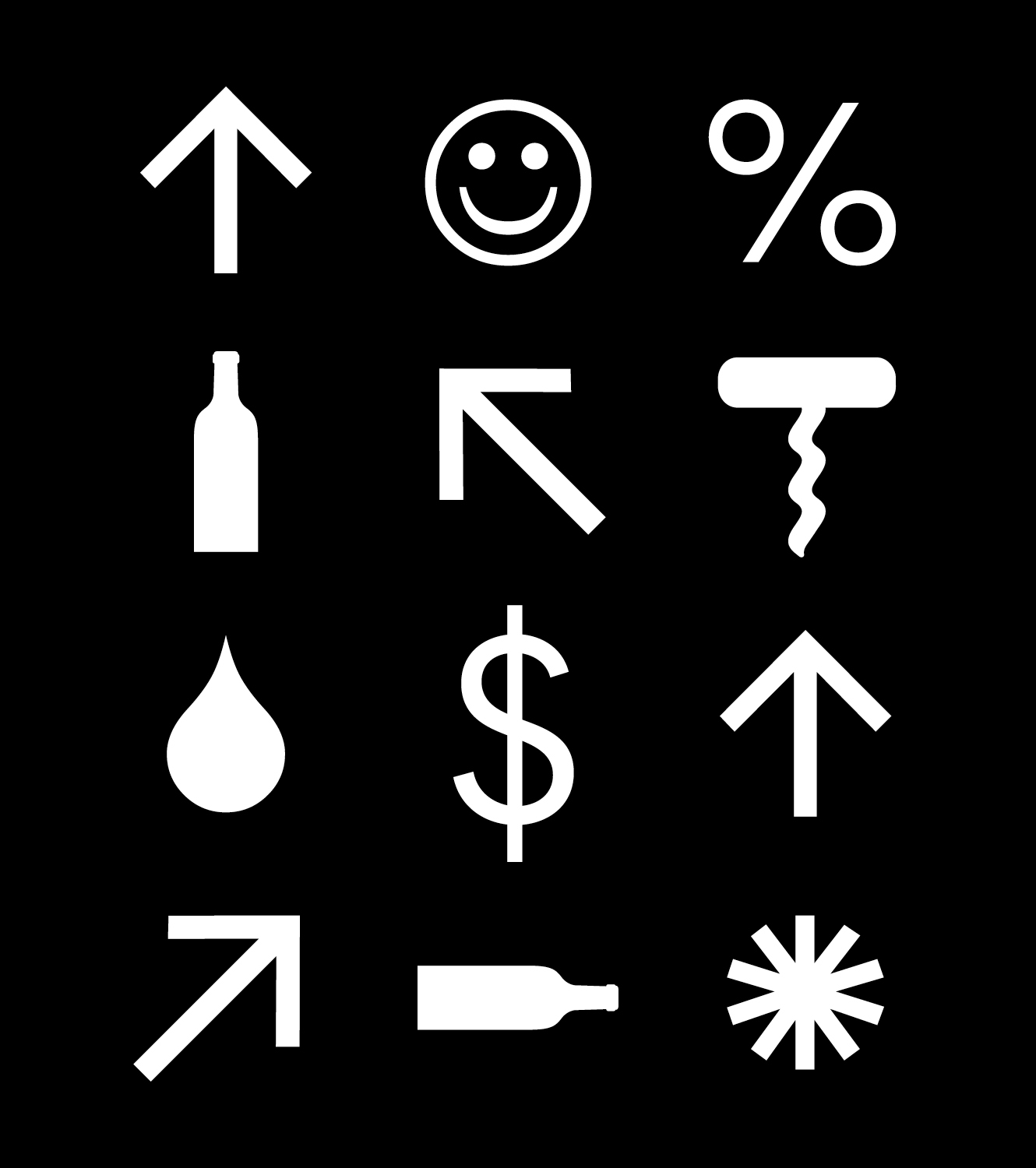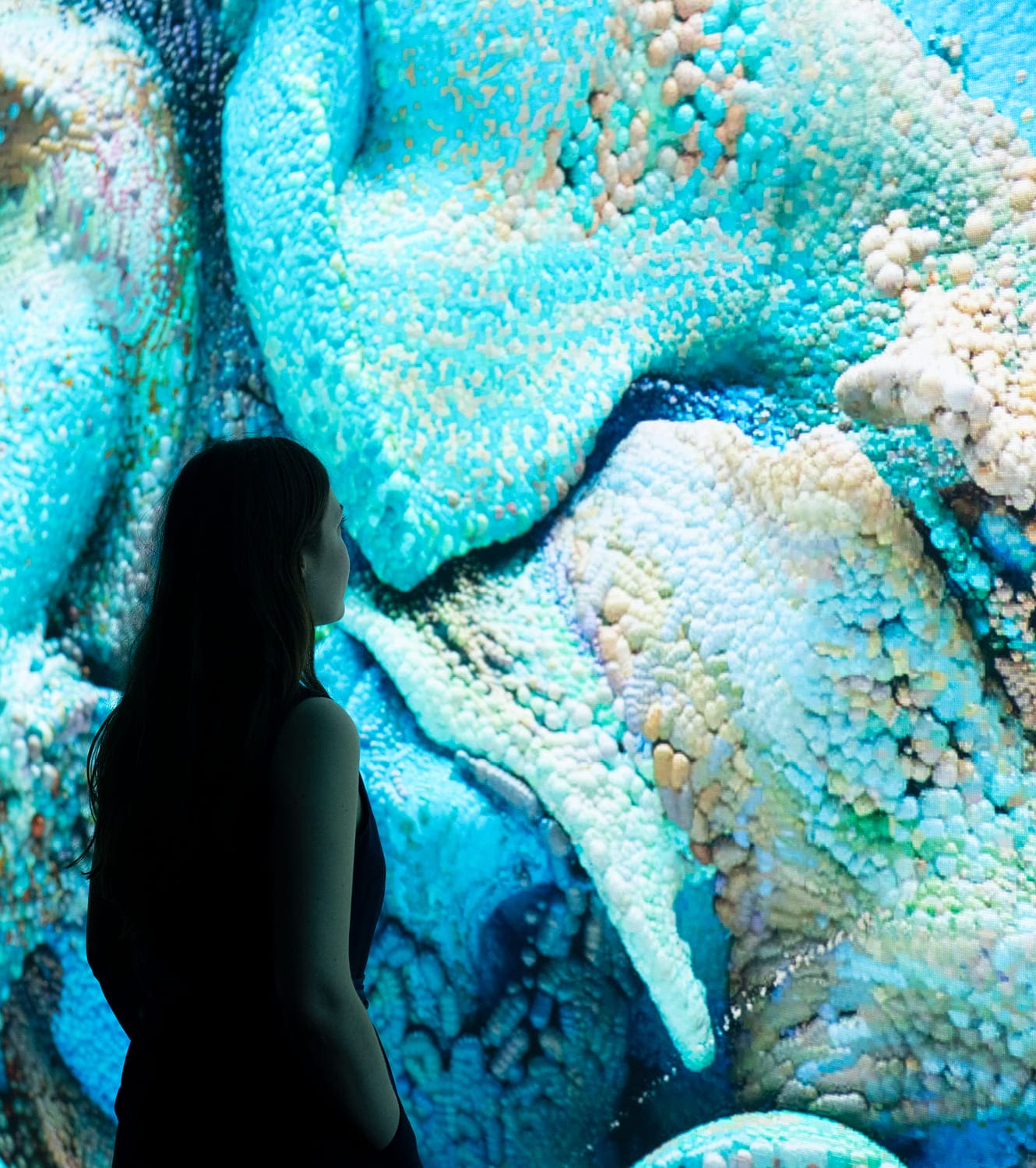
BATTLE OF THE SOMMS
One offers efficiency and accuracy; the other passion and curiosity. Who will win in the clash between AI and human sommeliers, asks Lawrence Ulrich
We’ve all been there. The restaurant with the intentionally obscure wine list, a minefield of potentially fatal moves. The steakhouse where Mr. Confidence takes charge of the table, and you end up drinking a supermarket Cabernet through gritted teeth.
As in most fields, entrepreneurs and engineers say artificial intelligence will cut through the complexity or intimidation of choosing wine, and make our lives better. Will this be cooly refreshing tech, or will AI remorselessly squeeze human sommeliers or retail experts like a thin-skinned grape?
Many wine fans are already familiar with crowdsourced apps that claim to ease confusion. Vivino says it harnesses data from 69 million global users to generate 300 million ratings on 18 million wines from nearly 3,500 regions. As with Yelp, that’s a lot of opinions.
Other apps are nosing in deeper, sussing out individual human tastes. Preferabli, for instance, works from a database of more than two million wines, spirits and beers. Software built by math and science experts, and a team of Master Sommeliers and Masters of Wine, assesses more than 800 characteristics: varietals to alcohol levels, or subjective elements such as floral or tannic flavors. Generative AI then offers personalized, taste-based recommendations.
Along with supporting winemakers and retailers, Preferabli lets consumers enter a QR code that summons a wine list, reordered to personal tastes. That could be helpful when there’s no somm in sight, and the waiter only knows Chianti from watching Silence of the Lambs.
Tastry, based in California’s Central Coast, is going next-level. It taught a computer to taste wine. Tastry is the brainchild of CEO Katarina Axelsson. As a college chemistry student, Axelsson noticed a wine batch received wildly different industry scores: identical wine, only different labels. As ever, marketing or advertising skewed human judgements of what was in the bottle. She sought to overcome those human frailties, or just faulty noses and taste buds.
“Consumers are challenged and overwhelmed with exploring a space that contains 160,000 wine labels,” Axelsson says. “And wine is so complex that the human brain can’t comprehend all the variables and dependencies at the same time.”
Tastry uses lab equipment – chromatography, spectrometry and much more – and proprietary methodologies to analyze 1.2 million data points per wine sample. Every relevant compound is linked to a database of tastings that now encompasses 120,000 human palates. Backed by third-party lab testing, the system claims an industry-best 93 percent accuracy for predicting any individual’s wine preferences. “It’s a living, breathing thing,” Axelsson says – minus the spitting.
Tastry works with the entire wine supply chain, including helping winemakers identify potential consumers and gaps in the market. It helped one winemaker save 3,000 tons of smoke-damaged fruit from being tossed, through computer-guided blending to ameliorate the telling flavors.
The company’s new Tastry Uncorked can help restaurants pair wines to meals and wines to consumers, including via a QR code linked to wine lists. I’m picturing Rosey, the Jetsons’ robot maid, a digital tastevin dangling from her neck. Rosey – now “Rosé” in this 2.0 iteration – extracts a cork, swirls and sips, and compares parts-per-million molecules against her database containing all the world’s wines. This silicon somm seems to know her stuff, but the whole thing makes me nervous: if I send the bottle back, does she turn into a Terminator?
Axelsson fully expects some AI backlash, as in other fields, but insists AI is a tool to help sommeliers and wine experts, not sideline them. “It’s like fire,” she says of today’s tech. “You can stay warm, or you can get burned.”
Could AI and human sommeliers complement one another, expand on the guest experience, or does the machine take out the enjoyment of something that is such a human experience?
Sarina Garibović and her musician partner Sam Cassidy are betting on analog pleasures and hoping to stay snug with Small Hours in Minneapolis. The intimate “hi-fi” wine bar, which opened this summer, leans toward full bottles and full-album playlists to amplify enjoyment.
Garibović, a longtime area sommelier, beverage director and consultant, sees room in the space for AI. But all computations aside, she believes, AI won’t replicate those moments when a sommelier’s passion and a customer’s curiosity meet. “I don’t think you can ever replace talking to a somm in a restaurant,” she says. “Without any tech or formula, we’re trying to hone in on the perfect wine that will create that magical experience.”
Illustration Simon Ward
We recommend
IT’S AI TIME
From precision viticulture to optimized communications, artificial intelligence is set to revolutionize the winemaking world, writes Richard Hough
DOORS OF PERCEPTION
John Irwin delves into the art of wine talk and explores how our individual cultural backgrounds influence how we see the world – and taste it
UNCORKED POTENTIAL
Suzanne Denevan-Brown continues to guide us through the ins and outs of investing in fine wine, gathering the best advice from experts in the field
THE ART OF DATA
Can the arts harness AI technology to ignite the imagination? Nargess Banks meets leading artist Refik Anadol, who transforms data sets into mesmerizing installations




